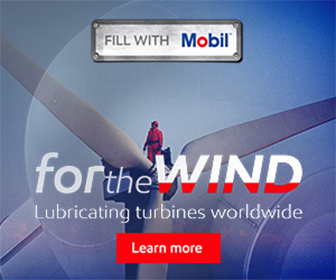Cooperation European Transmission System Operators to Develop North Sea Wind Power Hub
TenneT has developed a vision for building a large European electricity system in the North Sea, based on a 'hub and spoke' principle. The TenneT vision seeks to make CO2 reduction targets feasible and affordable. Central to the vision is the building of an island (1) in the middle of the North Sea:
- to which numerous wind farms can be connected;
- from where the generated wind electricity will be distributed and transmitted over direct current cables to
- the North Sea countries, i.e. the Netherlands, the United Kingdom, Belgium, Norway, Germany and Denmark;
- with the same direct current cables serving as interconnections between the energy markets of the aforementioned countries, so besides distributing electricity generated by wind they will also be international electricity highways for international power trade: the Wind-connector.
- in a location with relatively high and stable wind speed.
(1) TenneT's thinking is based on an island with a modular structure, with each module covering approximately 6 km ². This is big enough to provide space for connecting roughly 30 GW of offshore wind capacity. The island will be expandable by adding one or two modules of 6 km ² each.
TenneT TSO B.V. (Netherlands), Energinet.dk (Denmark) and TenneT TSO GmbH (Germany) will sign an trilateral agreement in Brussels on 23 March 2017 that will press ahead on developing a large renewable European electricity system in the North Sea. TenneT unveiled its vision of the North Sea Wind Power Hub in June 2016 . The close cooperation with Energinet.dk is an important next step towards accomplishing this vision and the 2050 climate goals formulated in the Paris Agreement (COP21).
TenneT | www.tennet.eu









